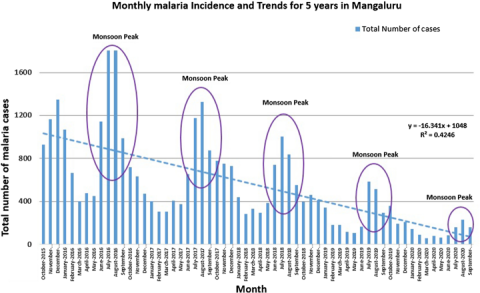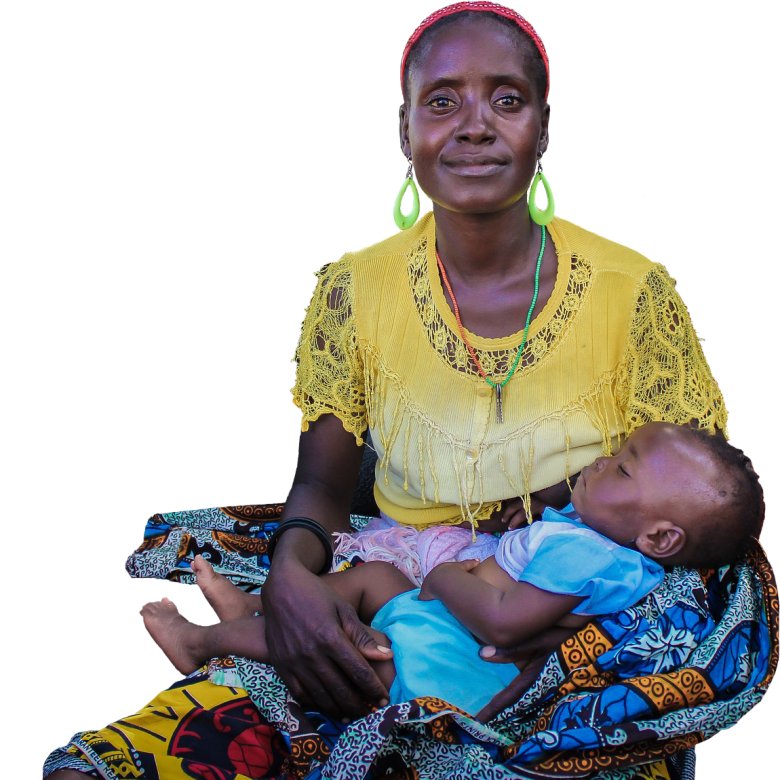Malaria surveillance in the digital age
A world free of malaria has remained a foremost goal of global health.
The World Health Organization (WHO) made an ambitious attempt to achieve this through the Global Malaria Eradication Programme (GMEP), established in 1955.
While the GMEP led to malaria elimination in many countries, it failed to achieve global eradication due to its inability to adapt and implement its interventions globally, and due to rising levels of drug and insecticide resistance.
Malaria: then and now
During this time, millions of people were infected with and died of malaria – mostly in sub-Saharan Africa. Millions of households struggled with catastrophic health expenditures, children were born with low birth weight, and there were countless pregnancies complicated by malaria.
Between 2000 and 2015, a significant decline in malaria incidence and mortality was reported globally. An increasing number of countries were certified malaria-free. This resulted in a renewed global enthusiasm to consider the feasibility of eradicating malaria.
As a result, in 2015, the Sixty-eighth World Health Assembly unanimously endorsed a bold plan – the Global Technical Strategy for Malaria 2016–2030 – to rid the world of 90% of the burden of death and disease due to malaria by 2030, and to eliminate this infection from at least 35 more countries.
Challenges towards achieving malaria elimination
The malaria elimination strategy faces challenges due to the operational deficiencies, resistant strains and poor health system management across various malaria-endemic countries, resulting in inadequate monitoring and surveillance of the reported cases.
The current global IT-based Malaria Information System (MIS) could not provide quick and timely enough information about malaria cases, which delays the infection transmission and management of severe malaria cases.
Therefore, for successful malaria control and elimination, countries need a robust and responsive information system. For elimination, the case reporting needs to shift from the current periodic reporting to real-time reporting of geo-located cases and intervention mapping.
Malaria in India: innovation towards “reaching zero”

As per the World Malaria Report (WMR) 2020 released by WHO, India has considerably reduced its malaria burden in the past two decades.
India also contributed to the most significant drop in reported cases in the Southeast Asian region, from approximately 20 million to about 6 million. Moreover, the percentage drop in malaria cases was 71.8% and deaths 73.9% between 2000 and 2019.
Despite this, the country does experience some focal surges in cases in endemic areas. One such area is Mangaluru (Mangalore), a coastal city in Karnataka in southwestern India that experienced a massive spike in malaria cases in 2014.
Malaria Control System

To address this situation and improve the performance of the existing control programme, a new local IT system, Malaria Control System (MCS), was launched in 2015 in the city, which is operational to date.
MCS took its inspiration from the innovative Ethiopian “open data kit (ODK)” Android app called SMART malaria surveillance and the Filipino Android web-based online malaria information system (OLMIS).
MCS is an innovative hand-held, Android-based Geographical Information System (GIS)-tagged tablet (TABs) device along with a web-based incident reporting system.
The system was conceptualised and developed by a Mangarulu-based technology company, i-Point and Mangalore Medical Relief Society (MMRS) and backed by funding from various local NGOs and donors. The system was designed for all the stakeholders involved in the malaria control programme – health professionals, field workers and government authorities.
Real-time reporting
As mentioned, the MCS software was installed in the hand-held tablet sets whose geographical location was linked with the web-based reporting portal.
Data can be entered into the software even without internet connectivity, and the device uploads the information to the portal whenever the internet connectivity is available.
The MCS system was introduced as an innovative intervention to assist the ongoing malaria control programme. The system helped in the effective management of the programme, not just by the prompt and timely reporting of newly diagnosed malaria cases, but also through its meticulous tracking of treatment and closure of cases after treatment completion.
Healthcare field staff can also upload the details on the source of breeding habitats on the application, thus providing real-time inputs for routine monitoring and stricter vigilance.
Spike in reporting

As soon as the system became wholly digitalised by September 2015, malaria case reporting spiked up. It was reported that 90% of new cases were registered on the software within 48 hours of their incidence, a stark contrast to regular manual reporting, which reduced the delayed reporting of cases.
Under the timely reporting system, the anti-larval, anti-mosquito measure activities were activated promptly, ensuring that up to 98% of the reported breeding sites were eliminated.
In addition to this, there was also an increase in active blood smear collection from contacts of a newly diagnosed malarial patient (which contributed around 1.2% of the total malaria cases reported in the district).
This indicates that the digitalised system is not only user-friendly, but also fosters better reporting.
Predicting and monitoring disease progression

After five years of MCS implementation, Mangaluru has seen a significant and consistent reduction in malaria incidence, i.e. a decline of 83% from the baseline of 2015, even during the monsoon months, thus giving promising results towards achieving the goal of malaria elimination by 2030.
Similar technology could further aid malaria elimination as it not only allows for the micro-level implementation of anti-malaria activities, but is also simple to use in field settings.
The data collected could also be used to regularly predict and monitor disease progression to guide the civic bodies for better management.
The wider use and acceptance of these local innovations can undoubtedly assist in achieving the goal of malaria elimination.
References
1. World malaria report 2020: 20 years of global progress and challenges. Geneva: World Health Organization; 2020. Licence: CC BY-NC-SA 3.0 IGO.
2. Ohrt C, Roberts KW, Sturrock HJ, Wegbreit J, Lee BY, Gosling RD. Information systems to support surveillance for malaria elimination. The American journal of tropical medicine and hygiene. 2015 Jul 8;93(1):145.
3. Baliga BS, Baliga S, Jain A, Kulal N, Kumar M, Koduvattat N, Kumar BP, Kumar A, Ghosh SK. Digitised smart surveillance and micromanagement using information technology for malaria elimination in Mangaluru, India: an analysis of five-year post-digitisation data. Malaria Journal. 2021 Dec;20(1):1-4.
